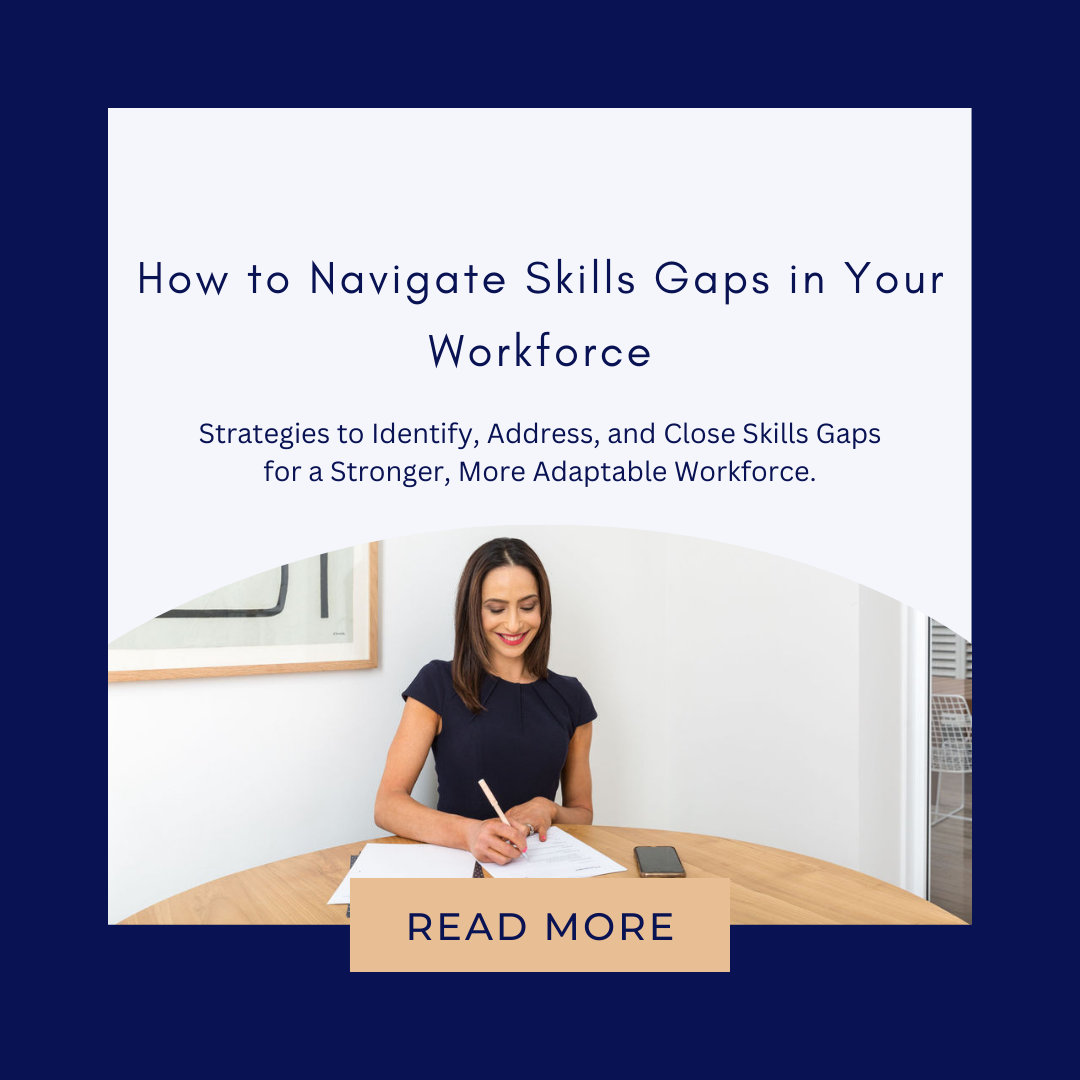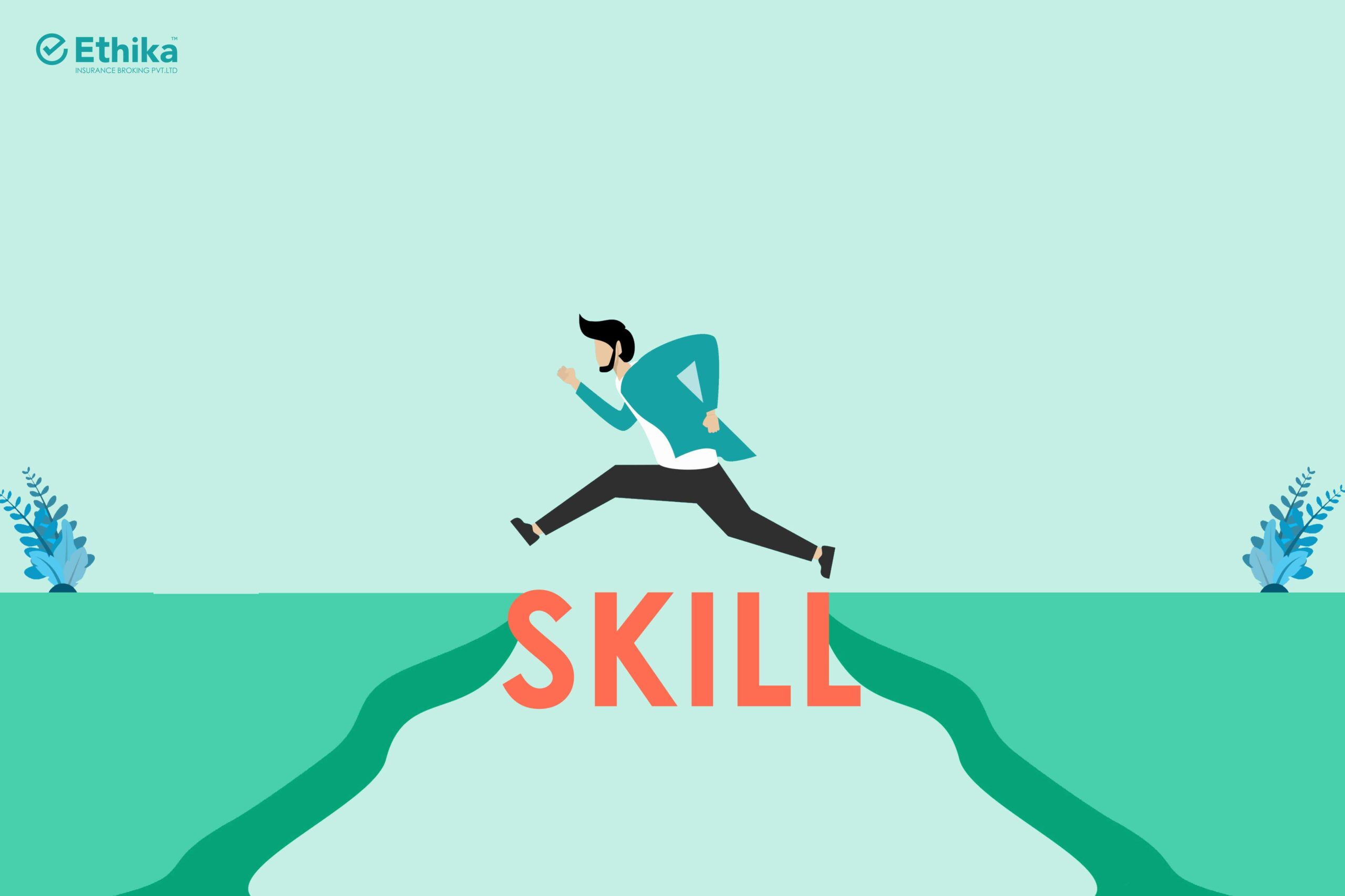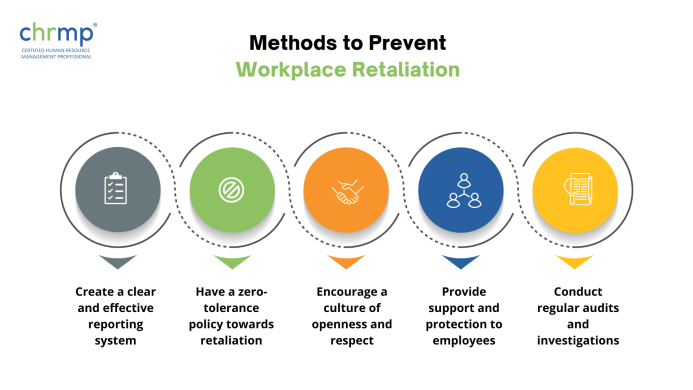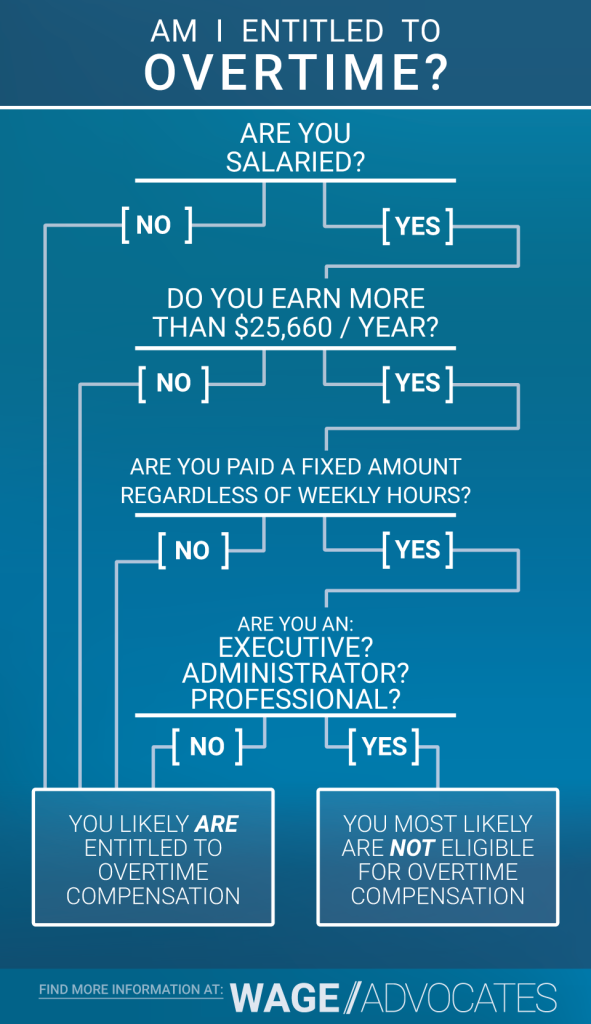
Navigating the Skills Gap in Today’s Workforce: Your Comprehensive Guide to Upskilling, Reskilling, and Future-Proofing Your Career
Have you ever heard someone say, "It’s hard to find good people with the right skills these days"? Or perhaps you’ve felt like your own skills might not be quite enough for the jobs of tomorrow? If so, you’re experiencing the effects of the "skills gap" – a major challenge facing workers, businesses, and economies worldwide.
But don’t worry! This comprehensive guide will break down what the skills gap is, why it matters, and most importantly, how you can navigate it successfully, whether you’re an individual looking to boost your career or a business aiming to build a stronger team. We’ll use simple language and practical examples to make it easy for anyone to understand.
What Exactly Is the Skills Gap? (The Puzzle Analogy)
Imagine you’re building a complex puzzle, but some of the crucial pieces are missing, or the pieces you have don’t quite fit the empty spaces. That’s a bit like the skills gap.
The skills gap is the difference between the skills employers need to run their businesses effectively and the skills available in the current workforce. In simpler terms, companies have job openings that require specific abilities, but there aren’t enough people with those exact abilities to fill those roles.
This isn’t a new problem, but it’s gotten much bigger and more urgent recently. Why?
- Rapid Technological Change: New technologies like Artificial Intelligence (AI), automation, and data analytics are changing how we work at lightning speed. Jobs that didn’t exist a decade ago are common now, and many traditional roles require new tech-savvy skills.
- Changing Job Roles: Even old jobs are evolving. A marketing role today might require expertise in social media algorithms and data analysis, which wasn’t necessary 20 years ago.
- Education Lag: Sometimes, our education systems struggle to keep up with the fast-changing demands of the job market.
- Aging Workforce: As experienced workers retire, they take valuable knowledge and skills with them, creating voids that new, less experienced workers might not immediately fill.
So, the skills gap isn’t just about a lack of people; it’s about a lack of specific, relevant skills in the people available.
Why Should We Care? The Impact of the Skills Gap
The skills gap isn’t just an abstract economic term; it has real, tangible impacts on individuals, businesses, and even entire countries.
For Individuals:
- Job Insecurity: If your skills aren’t keeping up with market demands, your current job might become obsolete, or you might find it harder to get hired for new roles.
- Missed Opportunities: You might miss out on promotions or exciting new career paths because you lack the necessary modern skills.
- Lower Wages: In competitive markets, those with in-demand skills often command higher salaries.
- Feeling Left Behind: It can be frustrating to see others succeed with skills you don’t possess.
For Businesses:
- Difficulty Filling Jobs: Companies struggle to find qualified candidates, leading to prolonged hiring processes and vacant positions.
- Reduced Productivity: If employees don’t have the right skills, work might be slower, less efficient, or prone to errors.
- Stalled Innovation: Without people who can work with new technologies or think creatively, businesses can’t innovate and adapt to market changes.
- Lower Profits: All these issues can lead to increased costs and reduced revenue.
- Competitive Disadvantage: Companies with a skilled workforce are more agile and can outpace competitors.
For the Economy:
- Slower Economic Growth: A national skills gap can hinder a country’s overall economic progress.
- Reduced Global Competitiveness: Nations with a less skilled workforce may struggle to compete on the international stage.
- Social Inequality: The gap can widen the divide between those with in-demand skills and those without, leading to greater social disparities.
Key Skills in Demand: What Employers Are Looking For
So, what are these "in-demand" skills everyone is talking about? They can be broadly categorized into two main groups: Digital/Technical Skills and Soft Skills.
1. Digital and Technical Skills (The "Hard" Skills)
These are specific, measurable abilities often related to technology. They are becoming essential across almost every industry.
- Data Literacy & Analysis:
- What it is: The ability to understand, interpret, and use data to make informed decisions. This includes basic spreadsheet skills, understanding charts, and even using specialized data analysis tools.
- Why it’s important: Businesses collect vast amounts of data, and knowing how to make sense of it is like having a superpower for problem-solving and strategy.
- Artificial Intelligence (AI) & Machine Learning (ML) Basics:
- What it is: Understanding how AI tools work, how to use them (e.g., ChatGPT for writing, image generators), and how they might impact your industry. You don’t need to be a programmer, but knowing their capabilities is key.
- Why it’s important: AI is transforming every industry, from customer service to healthcare. Knowing how to leverage it is a huge advantage.
- Cybersecurity Fundamentals:
- What it is: Basic knowledge of how to protect digital information from theft, damage, or unauthorized access. This includes strong passwords, recognizing phishing scams, and understanding data privacy.
- Why it’s important: Data breaches are a constant threat. Everyone, from entry-level employees to CEOs, plays a role in protecting company information.
- Cloud Computing:
- What it is: Understanding how services like Google Drive, Dropbox, or more complex platforms like Amazon Web Services (AWS) or Microsoft Azure work. It’s about accessing resources over the internet rather than from your own computer.
- Why it’s important: More and more businesses are moving their operations to the cloud for flexibility and efficiency.
- Digital Marketing & Social Media Proficiency:
- What it is: The ability to use online platforms to promote products or services. This includes understanding SEO (Search Engine Optimization), content marketing, and social media strategy.
- Why it’s important: Almost every business needs an online presence, and skilled digital marketers are crucial for reaching customers.
- Coding/Programming (Even Basic):
- What it is: Knowing a programming language like Python, JavaScript, or R. Even basic scripting can automate tasks and solve problems.
- Why it’s important: It’s the language of technology. While not everyone needs to be a developer, understanding coding logic can be incredibly useful in many roles.
2. Soft Skills (The "Human" Skills)
These are personal attributes that enable you to interact effectively and harmoniously with other people. They are often just as, if not more, important than technical skills because they’re hard for AI to replicate.
- Critical Thinking & Problem-Solving:
- What it is: The ability to analyze information objectively, identify problems, and develop logical solutions.
- Why it’s important: In a rapidly changing world, you need to be able to think for yourself and figure things out.
- Adaptability & Flexibility:
- What it is: The willingness and ability to adjust to new situations, technologies, and challenges.
- Why it’s important: Change is the only constant. Being able to pivot and learn new ways of working is vital.
- Communication (Written & Verbal):
- What it is: The ability to express ideas clearly, listen effectively, and convey information persuasively, whether in a meeting or an email.
- Why it’s important: Collaboration is key in modern workplaces. Misunderstandings can lead to costly mistakes.
- Creativity & Innovation:
- What it is: The ability to come up with new ideas, approaches, and solutions.
- Why it’s important: To stay competitive, businesses need fresh ideas and new ways of doing things.
- Collaboration & Teamwork:
- What it is: The ability to work effectively with others towards a common goal, respecting diverse perspectives.
- Why it’s important: Most modern work is done in teams, and being a good team player is invaluable.
- Emotional Intelligence:
- What it is: The ability to understand and manage your own emotions, and to recognize and influence the emotions of others.
- Why it’s important: It helps build stronger relationships, resolve conflicts, and lead effectively.
Navigating the Gap: Solutions for Individuals (Future-Proof Your Career!)
The good news is that you have a lot of power to close your personal skills gap. It’s about taking proactive steps to learn and grow. This is often called upskilling or reskilling.
- Upskilling: Learning new skills to improve your performance in your current role or advance within your current career path. (e.g., A marketing specialist learning AI tools for content creation).
- Reskilling: Learning entirely new skills to transition into a different job role or industry. (e.g., A factory worker learning coding to become a software developer).
Here’s how you can do it:
-
Assess Your Current Skills & Identify Gaps:
- Self-Reflection: What are you good at? What do you enjoy? What tasks do you find challenging?
- Research: Look at job descriptions for roles you aspire to. What skills do they list that you don’t have? Use resources like LinkedIn Learning’s "Skills Assessments."
- Talk to Mentors/Managers: Ask for honest feedback on areas where you could develop.
-
Choose Your Learning Path:
- Online Courses (MOOCs): Platforms like Coursera, edX, Udemy, and LinkedIn Learning offer thousands of courses, many with certificates. You can learn anything from basic Excel to advanced AI programming.
- Bootcamps: Intensive, short-term (weeks to months) programs designed to teach specific, in-demand skills (e.g., coding bootcamps, data science bootcamps). They are often project-based and career-focused.
- Certifications: Industry-recognized credentials that validate your expertise in a specific area (e.g., Google IT Support Professional Certificate, Project Management Professional (PMP)).
- Apprenticeships: Programs that combine on-the-job training with classroom instruction, allowing you to earn while you learn.
- Company Training Programs: Many employers offer internal training, workshops, or access to learning platforms. Take advantage of them!
- Mentorship: Find someone experienced in your field or a field you want to enter. They can offer guidance, insights, and networking opportunities.
- Personal Projects: The best way to learn is by doing. Build a website, analyze a public dataset, or create a simple app. These projects demonstrate your skills to potential employers.
- Networking: Connect with people in your desired field. Attend industry events (even virtual ones). You’ll learn about new trends and potential opportunities.
-
Embrace a Lifelong Learning Mindset:
- The world won’t stop changing, so your learning shouldn’t either. View learning as an ongoing journey, not a one-time event.
- Dedicate regular time to learning, even if it’s just 30 minutes a day.
- Be curious and open to new ideas and technologies.
Navigating the Gap: Solutions for Employers (Building a Future-Ready Workforce!)
The skills gap isn’t just an individual problem; it’s a business challenge. Smart employers are proactive in addressing it to ensure their competitiveness and growth.
-
Invest Heavily in Employee Training & Development:
- Internal Programs: Develop in-house training courses, workshops, and skill-building sessions tailored to your company’s needs.
- External Partnerships: Partner with universities, colleges, or specialized training providers to offer advanced courses or certifications to your employees.
- Online Learning Platforms: Provide access to platforms like Coursera for Business, LinkedIn Learning, or Udemy Business, allowing employees to learn at their own pace.
- Tuition Reimbursement: Offer financial support for employees pursuing relevant degrees or certifications.
-
Foster a Culture of Continuous Learning:
- Lead by Example: Managers and leaders should actively participate in learning and encourage their teams to do the same.
- Allocate Time for Learning: Don’t just expect employees to learn in their spare time. Dedicate work hours for professional development.
- Reward Learning: Recognize and reward employees who acquire new skills or complete training programs.
- Promote Knowledge Sharing: Encourage employees to share what they’ve learned with their colleagues.
-
Develop Robust Talent Development Programs:
- Career Pathways: Clearly define potential career paths within the company and the skills required for advancement.
- Mentorship & Coaching: Implement formal mentorship programs where experienced employees guide and develop newer ones.
- Rotational Programs: Allow employees to spend time in different departments or roles to broaden their skill sets and understanding of the business.
-
Rethink Recruitment Strategies:
- Hire for Potential, Not Just Perfect Fit: Look for candidates with strong foundational skills, a growth mindset, and the ability to learn, even if they don’t have every single skill listed.
- Skills-Based Hiring: Focus less on traditional qualifications (like specific degrees) and more on demonstrable skills. Use skills assessments as part of your hiring process.
- Internal Mobility: Prioritize promoting and reskilling existing employees before looking externally. They already understand your company culture.
-
Collaborate with Educational Institutions & Government:
- Provide Input: Share your company’s future skill needs with local colleges and universities so they can tailor their curricula.
- Internships & Co-ops: Offer opportunities for students to gain real-world experience, potentially becoming future employees.
- Advocate for Policy Changes: Support government initiatives that promote workforce development and skills training.
The Future is Lifelong Learning
The skills gap isn’t a temporary blip; it’s a permanent feature of our rapidly evolving world. The good news is that by understanding it and taking proactive steps, both individuals and businesses can not only survive but thrive.
For individuals, embracing lifelong learning is no longer optional; it’s essential for career security and growth. For businesses, investing in your workforce’s development is not an expense; it’s the most critical investment you can make in your future success.
By working together – individuals committed to learning, and businesses committed to teaching – we can bridge the skills gap and build a more adaptable, innovative, and prosperous workforce for everyone. Start your learning journey today, and empower yourself for the future!




Post Comment